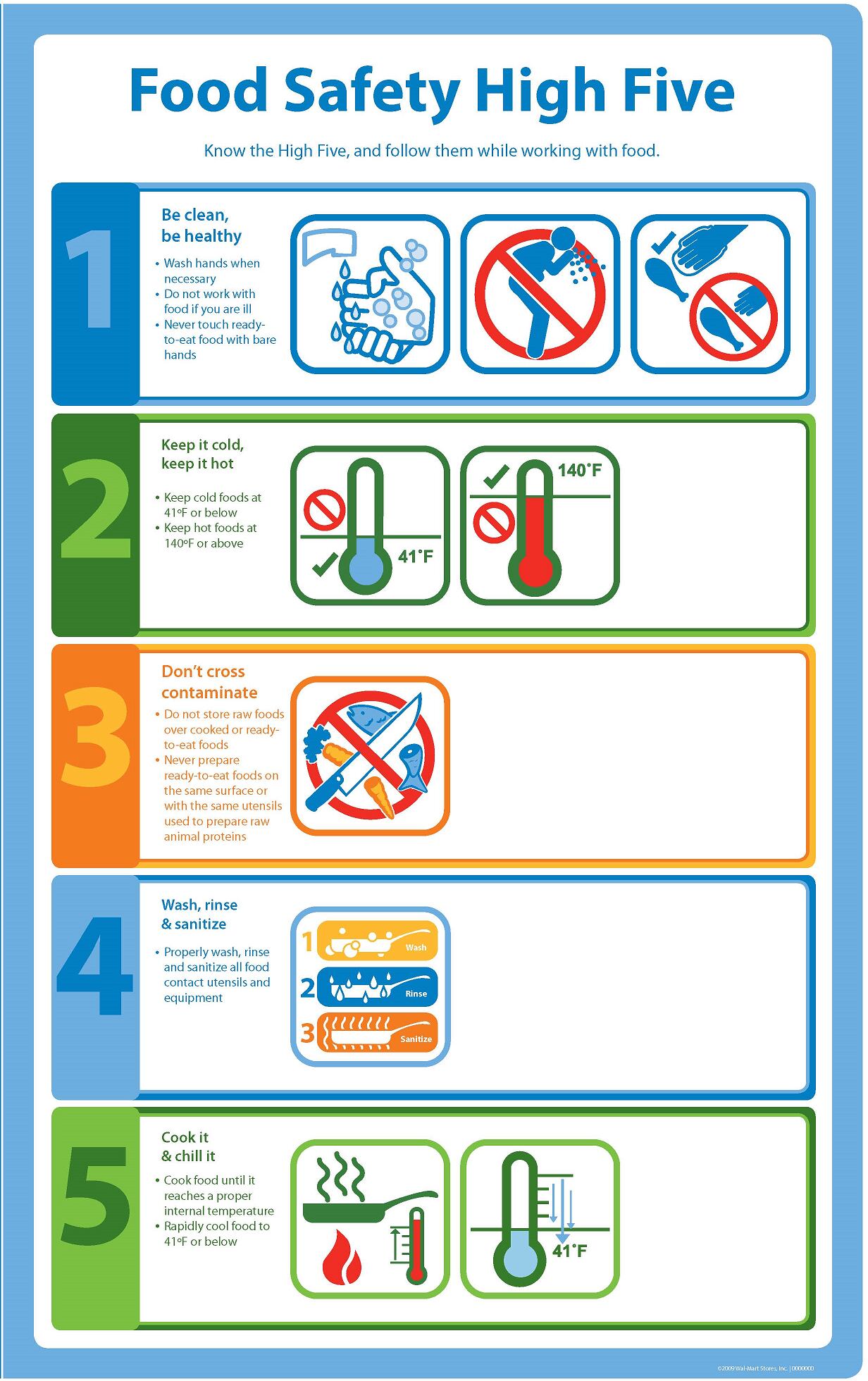Yiannas acknowledged that the foregoing examples (covered in Part 1) all relate to Walmart’s interaction with its associates. Nevertheless, the values, beliefs, attitudes and behavior of associates affect consumer food safety education in a few ways.
First, associates are consumers too. They are also friends, co-workers, and members of families and community organizations. The behavioral science principle of three degrees comes into play here, Yiannas said.
“Three degrees refers to human social networks,” he said. “Typically, we can influence the behavior of others who are up to three degrees of separation away from us. Through my attitudes and behaviors, I can influence the behavior of my friends, their friends, and their friends’ friends.”
Plug Walmart’s 1.3 million US associates into that equation and that’s a huge amount of influence — before figuring in those associates’ interactions with customers.
Direct-to-consumer
The retailer’s role in consumer food safety education is a shared responsibility, Yiannas told FoodProductionDaily. “Over the years, we’ve worked with parents, schools, government agencies, industry groups and the Partnership for Food Safety Education to educate consumers about food safety,” he said.
For example, many Walmart stores have the Walmart TV checkout system, which uses video screens installed in checkout lines to educate shoppers. At certain peak times of year for food preparation, such as Thanksgiving and July 4, the company shows USDA public service announcements such as 2011’s four-part “Clean. Separate. Cook. Chill.” series.

“We have quantitative data on that program,” Yiannas said. “USDA told us that after we showed those ads on Walmart TV, the agency experienced a 364% increase in traffic to its askKaren website. And based on store traffic, we figure we made about 50 million impressions.”
Another consumer-facing initiative is Walmart’s High Five program (see graphic at left). “We took the five most important principles of safe food handling and preparation and developed an infographic that combines text and language-neutral symbols to communicate those principles,” Yiannas said.
Those principles are: 1) Be clean, be healthy; 2) Keep it cold, keep it hot; 3) Don’t cross-contaminate; 4) Wash, rinse, & sanitize; and 5) Cook it & chill it.
“The graphic is posted on our website and it appears on in-store signage,” Yiannas said. “Some of that information is also printed on meat roll-bags that are available by the meat case in our stores. Consumers use the bags to keep meat and meat juices separate from their other groceries, and the message goes home with them.”
In addition, he said Walmart has also put some of the symbols from the High Five graphic on packaging for its private label food products.
“We also use High Five symbols and information in our Facebook posts and Twitter tweets, especially around the holidays,” Yiannas said. “We’ve found that the best communication efforts use a multitude of methods and channels to get the message across.”
